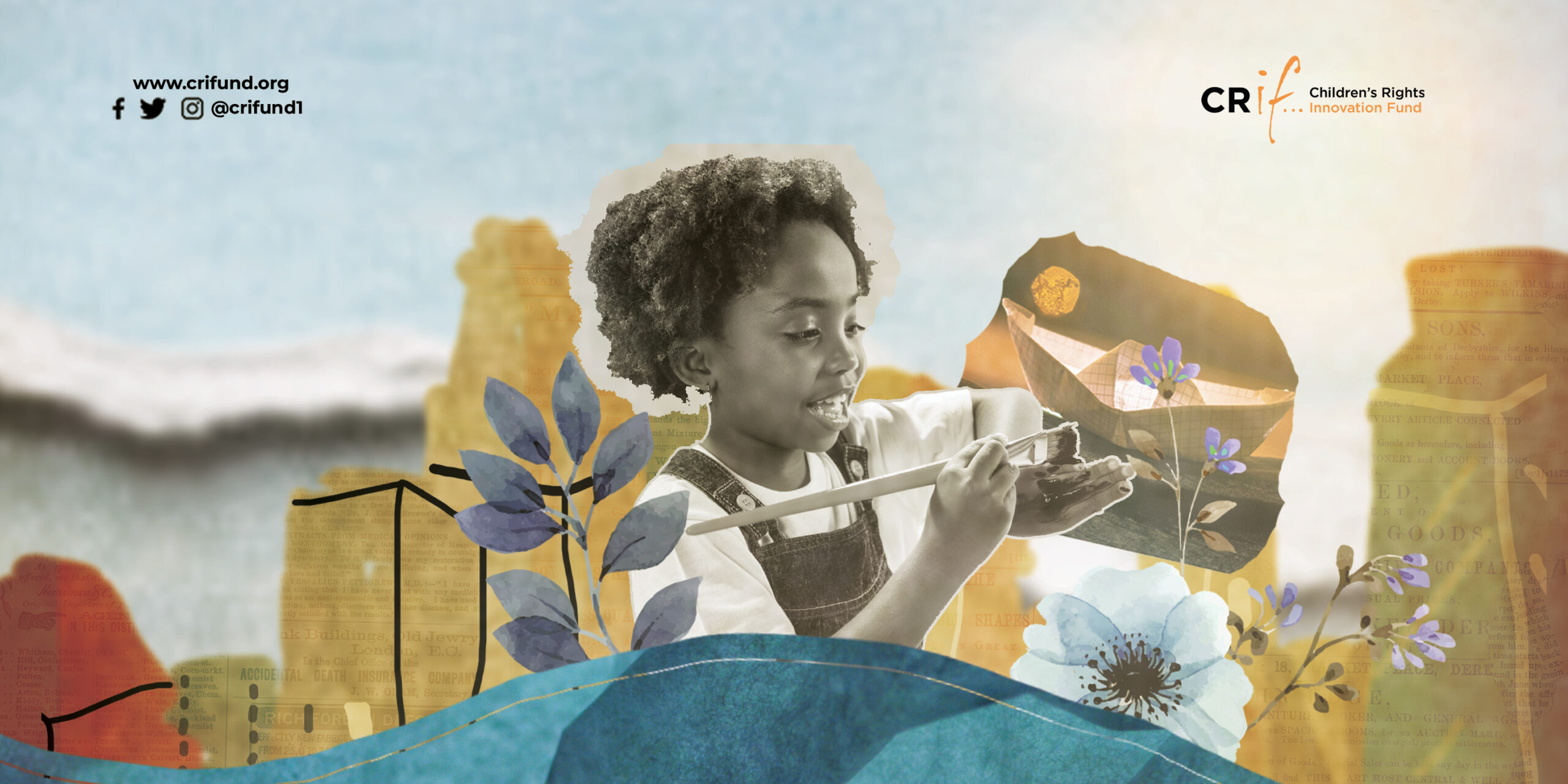

30th June 2023
5 Lessons on Safety from the 2022 Seeking Safety Youth Grantmaking Collaborative
Over 6 weeks in summer 2022, the Children’s Rights Innovation Fund (CRIF) and the Just Beginnings Collaborative (JBC) posed two questions to seven young activists in Brooklyn, New York. We asked (1) “What does safety mean to you? and (2) “If you could move actual money to people, places and institutions that created safety for children and young people in Brooklyn, where would you put it?”. Here is what we’ve learned:
There is no generic safety, rather it is anchored in the unique context of communities and their distinct needs. While global initiatives have their place, funders and policymakers are challenged to understand their application to a multitude of local and regional realities.
2. Safety and freedom go hand in hand- Free to be safe, safe to be free
Safety cannot merely be about protection– or isolating children and youth from perceived danger. Children and young people desire a balance that also allows them the freedom to live authentically, express their thoughts and ideas without fear, and be their genuine selves.
3. Safety of children and young people relies on the material well-being of their communities- Safety cannot exist in isolation
Safety is inextricably linked to the material well-being of communities. Poverty and deprivation creates precarity in the lives of children and youth; prevents young people from reaching their full potential; and are an indication of a lack of investment in holistic support systems.
4. Safety must make space for dignity-Vehicles of harm cannot simultaneously be ‘systems of safety’
Be it child welfare agencies, hospitals, schools, police, or prisons– an institution’s mandate of being a ‘provider of safety’ cannot be fulfilled while its procedures, policies, culture and ways of being threaten the humanity, dignity, and self respect of its ‘beneficiaries’, staff, communities, or fellow human beings.
5. Relationships are a Site of Safety- Safety comes in strong communal networks
Positive connections with peers, family, educators, and mentors create support networks that bolster individual resilience and overall well-being. By nurturing healthy relationships within communities, we have learned that it cultivates an environment where young people can find solace, support, and a sense of belonging.